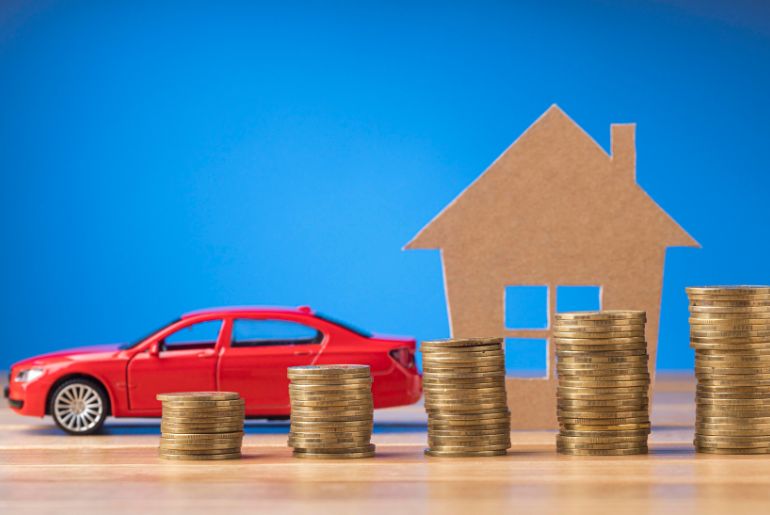Independence Day is a moment to talk about freedom in practical terms: freedom from volatile fuel prices, from high upfront costs, and from the maintenance burden that keeps vehicles off the road. In transport, that freedom currently points to one lever with huge impact—electric vehicle (EV) leasing. It turns a large capital expense into a monthly operating cost, gives businesses predictable cash flows, and speeds up the shift away from internal combustion engines (ICE). The question is whether leasing can scale fast enough to help deliver the goals of a Viksit Bharat.
Independence from ICE means security and efficiency
Breaking oil dependence is not only an environmental choice; it is an energy-security decision. EVs are about three times more efficient than ICE vehicles on a tank-to-wheel basis. Even when the grid includes fossil generation, the net emissions per kilometer are lower. For fleets, this efficiency shows up in day-to-day economics: lower energy cost per km and fewer moving parts to service.
“Independence from ICE is about control—control over energy costs, uptime, and compliance,” says Dev Arora, Founder & CEO, Alt Mobility. “Leasing turns uncertain capex into a known opex line, which lets operators scale routes without betting the balance sheet.”
High sticker prices remain the main reason many buyers delay an EV decision. Leasing addresses this directly by converting the down payment and battery premium into manageable monthly payments. For commercial users, some leases also have optional buyback for about 20% of asset value after 3–4 years which enables asset-light expansion and easier fleet rotation.
A market set to expand
EV leasing in India held assets under management (AUM) of roughly ₹5,000 crore in 2023 and is projected—per Redseer—to reach ₹36,000–₹37,000 crore by 2028, with the fastest growth in e-3W, e-4W, and e-bus segments. The expected eight-fold increase reflects a shift from pilots to scaled programmes, backed by financiers who are getting more comfortable with EV residual values, battery warranties, and telematics-driven risk models.
Policy is moving in the same direction. Central institutions, including NITI Aayog, are focusing not only on demand incentives but also on regulatory clarity and access to financing, especially for buses and heavy commercial vehicles. That emphasis favours leasing structures that can channel institutional capital into vehicles at scale.
TCO is the anchor
Total Cost of Ownership (TCO) is where EVs win sustainably. In logistics use-cases, EVs typically deliver 15–20% lower TCO than diesel vehicles, driven by cheaper energy and lower service needs. Consumer-facing estimates point to savings on the order of ₹1.4 lakh over five years versus petrol when fuel, maintenance, and taxes are considered. On operating costs alone, a common range cited is ₹1.5–₹2 per km for EV charging versus ₹7–₹9 per km for petrol, with ₹20,000–₹25,000 in annual maintenance savings. The exact numbers vary by route, load, and tariff, but the direction is consistent: EVs pay back through use. Leasing makes that payback accessible to operators who would otherwise be blocked by upfront prices.
Accessibility and inclusion
Leasing also broadens access. Lower-income users, small fleet owners, and first-time commercial drivers can adopt EVs without tying up scarce capital. Full-service models reduce the need for specialised know-how and de-risk operations for those entering formal logistics or last-mile delivery. For urban bodies and state transport undertakings, lease-operated e-buses can accelerate clean public transport without large, one-time budget outlays.
Addressing the friction points
There are real constraints: tariff-linked charging costs, uneven public-charging reliability, and uncertainty about long-term residual values. Leasing can mitigate each of these. Contracted charging—on-depot or through partner networks—stabilizes energy cost per km. Telematics and battery health diagnostics give financiers confidence in asset condition, improving residual-value models. Service-level agreements keep uptime measurable and enforceable.
For the transition to accelerate, three practical steps help. First, standardized lease contracts for priority segments (e-3W cargo, urban e-buses, light commercial EVs) would reduce negotiation friction and speed underwriting. Second, data-driven risk pricing—using verified utilization and battery health—should replace broad assumptions that inflate costs. Third, green debt pools and credit guarantees can crowd in capital from banks and NBFCs that are still building comfort with EV asset risk.
“Freedom is practical: it’s the ability to move goods and people reliably and affordably,” says Arora. “If we want a Viksit Bharat, we must make the green choice the easy choice. Leasing is how you do that at scale.”
India does not need every driver to become a vehicle financier or energy analyst. It needs clear pathways that let operators pick EVs because they are simpler to run and cheaper to own over time. Leasing provides that pathway: capex becomes opex, service becomes a commitment, and the TCO advantage is realised in operations, not just forecasts. If the projected growth in EV leasing materializes over the next three years, freedom from ICE will look less like an aspiration and more like standard operating practice—moving the country closer to its Viksit Bharat targets, one route at a time.

